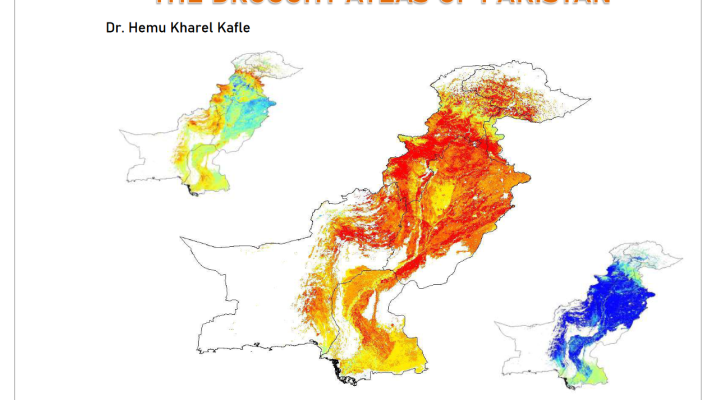Bangladesh lies in South Asia, with a land area of 144,000 km2 with latitudes of 20°340–26°380 N and longitudes of 88°010–92°410 E. The country is divided into 8 major divisions, 64 districts, and 534 sub-districts administratively. The country is in the subtropical zone, with a typical monsoon climate characterized by significant seasonal fluctuations in rainfall, generally mild temperatures, and high humidity. In general, there are three climatic seasons in the country: a dry and mild winter (post-monsoon) from November to February, a hot summer or premonsoon from March to May, and a humid summer or monsoon (rainy) from June to October (Rahman and Lateh, 2016). The country’s average annual rainfall is 2428 mm, ranging from 1400 to 4400 mm across the country, according to historical data (BMD, 2013). The average relative humidity in the country is between 70 and 78 %. Warmer temperatures, more variable rainfall, more extreme weather events, and a rise in sea level have all lately occurred in Bangladesh as a result of climate change and global warming (Rahman and Lateh, 2015). The land cover type data were derived from MCD12Q1 data (collection v005, 500m) of Terra and Aqua combined MODIS for the years 2000-2020 obtained from Earth Data (Earth data Search (https://earthdata.nasa.gov). According to the International Geosphere-Biosphere Programme (IGBP), the landcover was classified into 17 categories (International Geosphere Biosphere Programme,2017).
Book / book chapter



